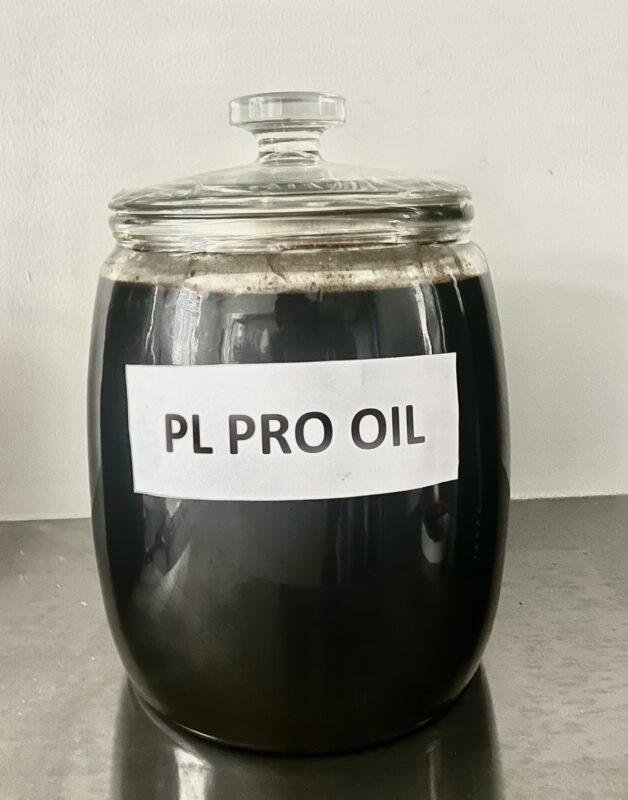PL-PRO-OIL, a phospholipid optimized complex
PL-PRO-Oil is the foundation of our medical products. It is a complex formula composed of various phospholipids. Even though the exact phospholipid composition is yet to be known, it is mainly composed of Lecithin. Phospholipids, particularly lecithin, have been the focal point of extensive research and innovation led by scientist Dao Thi Kim Dung.
Over three decades of dedicated research culminated in the development of a novel extraction process, resulting in the creation of PL-PRO-Oil as described in patent US 18/757.539.
PL-PRO-Oil, akin to normal lecithin, is a highly versatile compound utilized in pharmaceutical formulations, particularly as a primary component in advanced drug delivery systems such as liposomes and nano-emulsions. Its structural similarity to cellular membranes enhances its ability to act as a drug carrier, facilitating efficient penetration into target cells. Additionally, PL-PRO-Oil offers protection for active ingredients, shielding them from chemical interactions and degradation, thereby preserving their therapeutic efficacy. Its multifunctional properties make it a valuable asset in developing stable and effective pharmaceutical products.
Distinctive features of PL PRO OIL:
- Enhances solubility and stability of active compounds: For instance, our nano-curcumin formula leverages PL-PRO-Oil to overcome curcumin’s inherent solubility and stability issues.
- Improves bioavailability: by increasing the solubility and stability of active compounds, PL-PRO-Oil enables higher concentrations of these ingredients in pharmaceutical formulations, thereby boosting their bioavailability.
- Facilitates biological interactions: PL-PRO-Oil forms spatial structures that create a biologically favorable environment. It establishes cellular matrices that optimize biological interactions, significantly enhancing the effectiveness of active ingredients.
Safety of PL-PRO-Oil
PL-PRO-Oil has demonstrated a favorable safety profile in our pre-clinical trials, with no evidence of systemic toxicity in mouse model.

